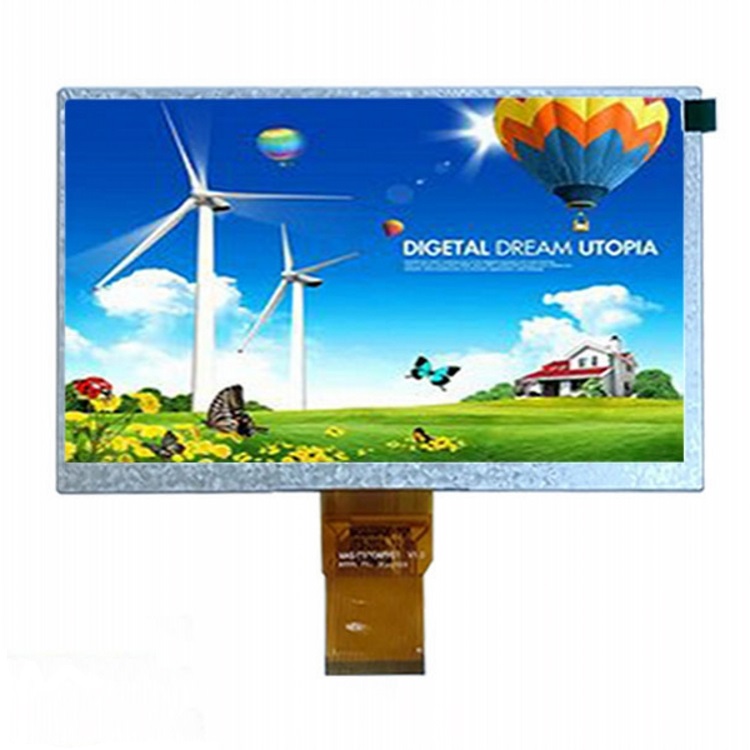Principle of TFT LCD Display
2024-05-11
Liquid crystal display refers to a large number of displays made with liquid crystals, most of which are used in laptops or desktop computer monitors. This is known as a thin-film transistor liquid crystal display, or TFT LCD. As its English name suggests, this type of display has two main components: a thin-film transistor and the liquid crystal itself.
TFT LCD is called a thin-film transistor liquid crystal display in Chinese. Voltage control is required to produce grayscale on a liquid crystal display. A display that uses thin-film transistors to generate voltage and control the direction of the liquid crystal is called a TFT LCD. From a sectional structure perspective, sandwiched between two layers of glass is the liquid crystal, which forms a parallel plate capacitor known as a CLC (capacitor of liquid crystal). Its size is about 0.1 pF, but in practical applications, this capacitor cannot hold the voltage until the next time the screen data is updated. In other words, when TFT charges this capacitor, the voltage cannot be maintained until the next time TFT charges this point, which takes about 16ms with a typical screen refresh rate of 60Hz. As a result, if the voltage changes, the displayed grayscale will be incorrect. Therefore, in panel design, a storage capacitor CS (approximately 0.5pF) is added to ensure that the charged voltage can be maintained until the next screen refresh. However, technically speaking, the TFT on the glass itself is just a switch made using a transistor. Its main function is to determine whether the voltage on the LCD source driver should be charged to this point. The voltage level and the grayscale displayed are all determined by the external LCD source driver.




